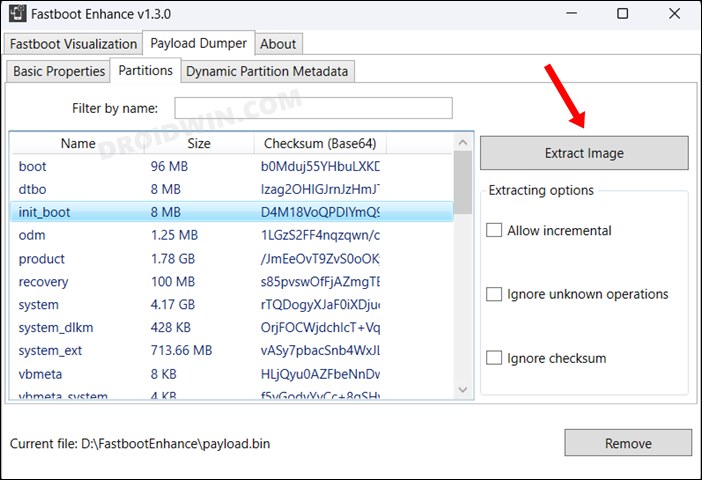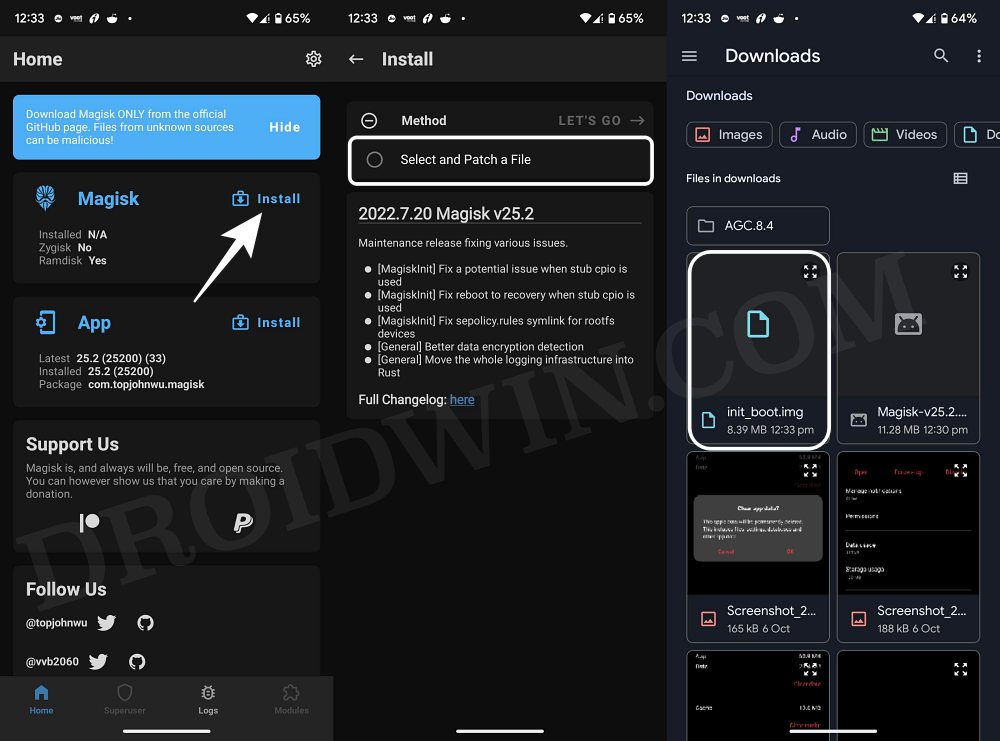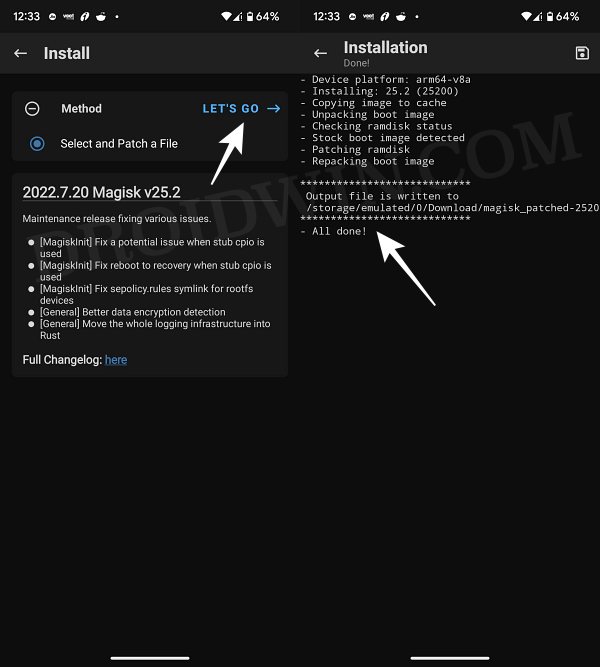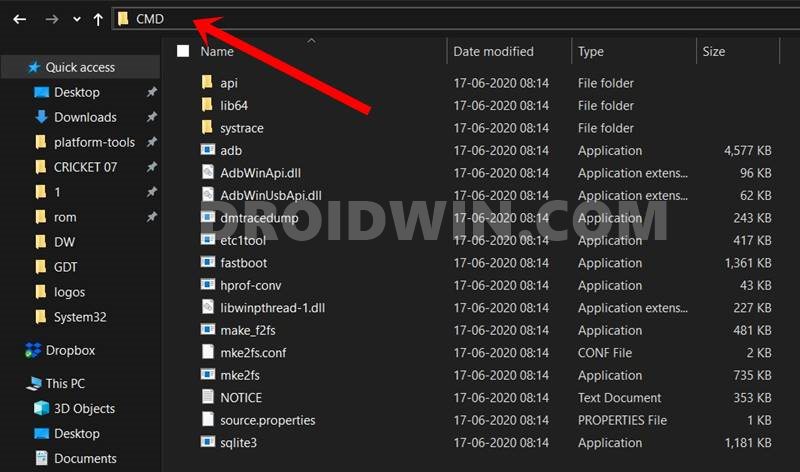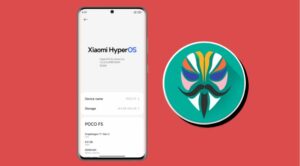In this guide, we will show you the steps to root your OnePlus Open via Magisk. When it comes to foldable devices, the offerings from Samsung and [recently] Google have firmly established themselves as the two biggest players in this domain. So when OnePlus recently announced its intention to enter this segment, it didn’t get much attention from the masses, mostly due to the fact that the first iteration of any foldable is usually an unfinished product.
But how wrong were we! As of now, this device from the Chinese OEM is being touted by many as the best foldable out there in the market. However, irrespective of the glory that it does end up achieving, it’s going to be the same old gloomy days for tech enthusiasts, all thanks to Oppo.
On the optimistic side though, we still have one powerful tool in our arsenal- the ability to gain administrative privileges by rooting our OnePlus Open via Magisk which in turn will allow us to welcome abode a truckload of modules onto our devices. So without any further ado, let’s show you how this could be carried out.
Table of Contents
Benefits and Risks of Rooting OnePlus Open
Once you root your device, you will be in a position to flash a plethora of mods. These include the likes of Fox Magisk Modules, Substratum Themes, Xposed Framework via LSPosed, and Viper4Android among others. Along the same lines, you could also flash a custom kernel and implement your desired CPU profile. However, such tweaks do come with a few risks as well.
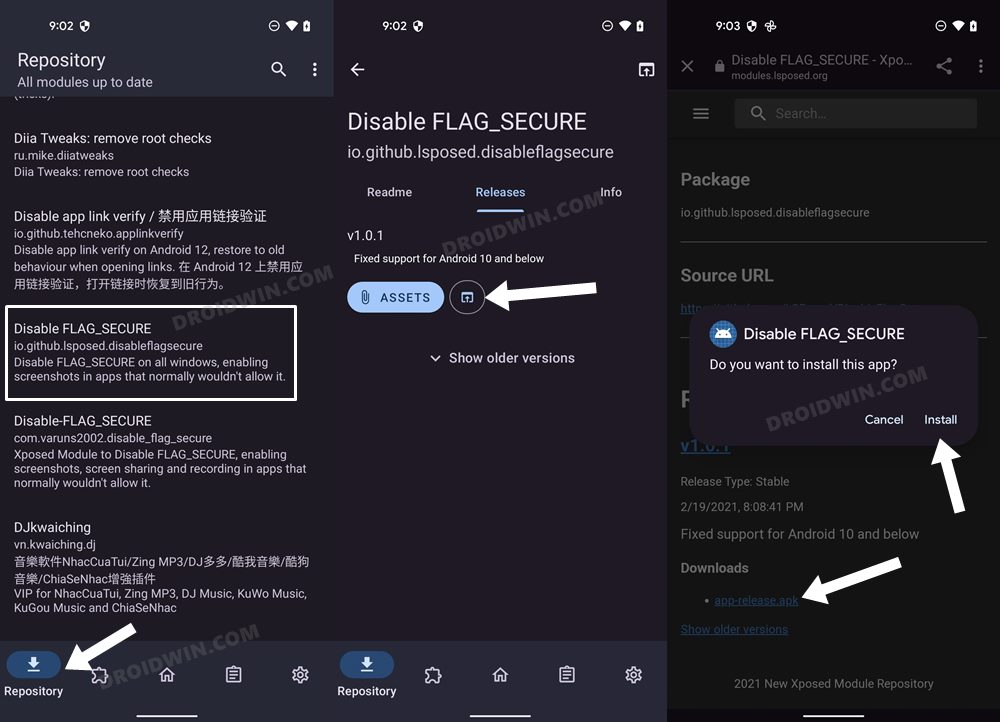
To begin with, rooting requires you to unlock the bootloader- which will wipe off all the data and could nullify the warranty as well. Likewise, SafetyNet will be triggered [FIXED] which will result in your inability to use banking apps [FIXED]. So if that’s well and good, then let’s get started with the steps to root your OnePlus Open via the Magisk patched init_boot.img and boot.img.
Root OnePlus Open via Magisk Patched Init_Boot

The below instructions are listed under separate sections for ease of understanding. Make sure to follow in the exact same sequence as mentioned. Droidwin and its members wouldn’t be held responsible in case of a thermonuclear war, your alarm doesn’t wake you up, or if anything happens to your device and data by performing the below steps.
STEP 1: Install Android SDK
 First and foremost, you will have to install the Android SDK Platform Tools on your PC. This is the official ADB and Fastboot binary provided by Google and is the only recommended one. So download it and then extract it to any convenient location on your PC. Doing so will give you the platform tools folder, which will be used throughout this guide.
First and foremost, you will have to install the Android SDK Platform Tools on your PC. This is the official ADB and Fastboot binary provided by Google and is the only recommended one. So download it and then extract it to any convenient location on your PC. Doing so will give you the platform tools folder, which will be used throughout this guide.
STEP 2: Enable USB Debugging and OEM Unlocking
Next up, you will have to enable USB Debugging and OEM Unlocking on your device. The former will make your device recognizable by the PC in ADB mode. This will then allow you to boot your device to Fastboot Mode. On the other hand, OEM Unlocking is required to carry out the bootloader unlocking process.
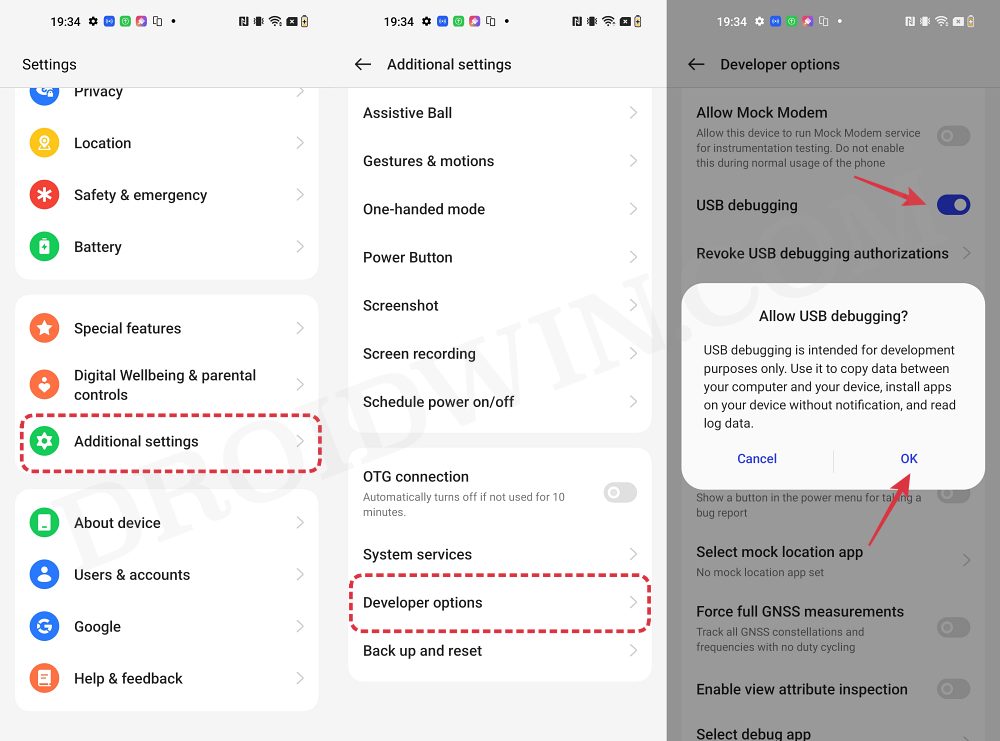
So head over to Settings > About Phone > Tap on Build Number 7 times > Go back to Settings > System > Advanced > Developer Options > Enable USB Debugging and OEM Unlocking.
STEP 3: Unlock Bootloader on OnePlus Open
After this, you will have to unlock the bootloader on your device. Do keep in mind that this process will wipe off all the data and might nullify the device’s warranty as well. So if that’s all well and good, then refer to our comprehensive guide on How to Unlock Bootloader on OnePlus Open [Video].
STEP 4: Extract Init_Boot from Payload
- To begin with, download the firmware for your device. Make sure to download the same version that is installed on your device [you could verify the same from the build number].

- Then extract the firmware and you’ll get a couple of files, including the payload.bin. You’ll now have to extract this bin file and get hold of the init_boot.img file.
- For that, do check out our guide on How to Extract payload.bin and get a stock boot/init_boot image file [using Fastboot Enhance is the recommended method].

- Once you have got the init_boot.img file, transfer it to your device.
STEP 7: Patch OnePlus Open Init_Boot.img via Magisk
- First off, download and install the Magisk App on your device.
- Then launch it and tap on the Install button next to Magisk.
- After that, choose ‘Select and Patch a File’, and navigate to the stock init_boot.img file, and select it.

- Then tap on the Let’s Go button situated at the top right.

- The init_boot.img file will now be patched and placed under the Downloads folder on your device.
- You should transfer this file to the platform-tools folder on your PC and rename it to magisk_patched_init_boot.img.
STEP 8: Boot OnePlus Open to Fastboot Mode
- Now connect your device to the PC via a USB cable. Make sure USB Debugging is enabled.
- Then head over to the platform-tools folder, type in CMD in the address bar, and hit Enter. This will launch the Command Prompt.

- Type in the following command in the CMD window to boot your device to Fastboot Mode
adb reboot bootloader

- To verify the Fastboot connection, type in the below command and you should get back the device ID.
fastboot devices

STEP 9: Root OnePlus Open using Magisk Patched Init_Boot.img
- Type in the below command in the CMD window to flash the patched init_boot.img to your device
fastboot flash init_boot magisk_patched_init_boot.img
- Finally, execute the below command to boot your device to the rooted OS:
fastboot reboot
NOTE: The above command should automatically flash the init_boot to both slots. However, if you face any issues while executing that command, then you could also manually specify the slots while flashing. In other words, you could flash the init_boot to both partitions by executing the below two commands:
fastboot flash init_boot_a magisk_patched_init_boot.img fastboot flash init_boot_b magisk_patched_init_boot.img
That’s it. These were the steps to root your OnePlus Open via Magisk patched init_boot. If you have any queries concerning the aforementioned steps, do let us know in the comments. We will get back to you with a solution at the earliest.

